Yesterday, March 14, 2018, we lost a great mind and a decent human being. Thank you Dr. Stephen Hawking for showing us the Universe, the small and the big.

I added his seminal doctoral thesis on the Free Resources page.
By Neuronicus, 15 March 2018
Yesterday, March 14, 2018, we lost a great mind and a decent human being. Thank you Dr. Stephen Hawking for showing us the Universe, the small and the big.

I added his seminal doctoral thesis on the Free Resources page.
By Neuronicus, 15 March 2018
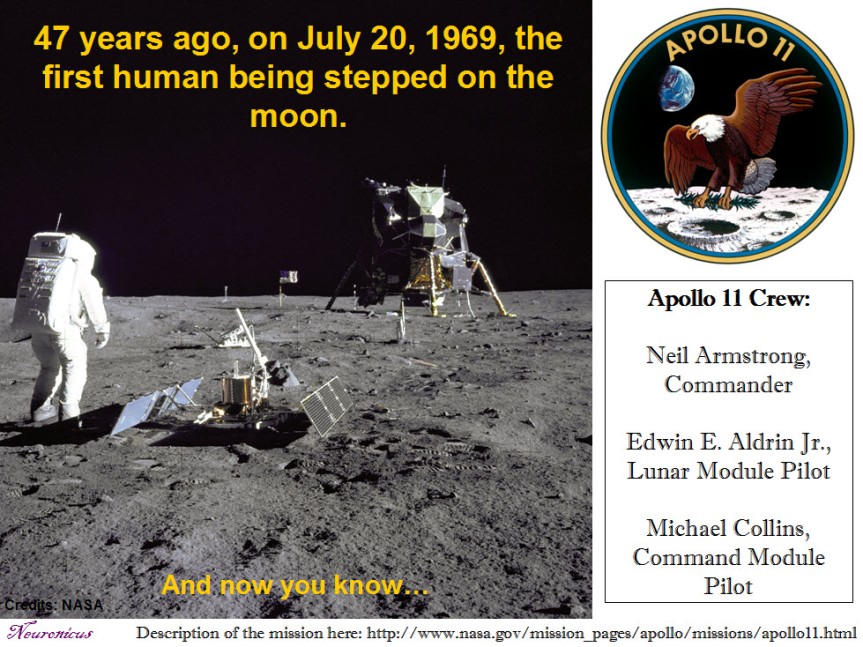
Today we celebrate the first instance the humankind stepped on the Moon. I thought only fitted to remind you of the last human there, too. As a bitter-sweet reminder that NASA is not something where budgetary concerns should lie.
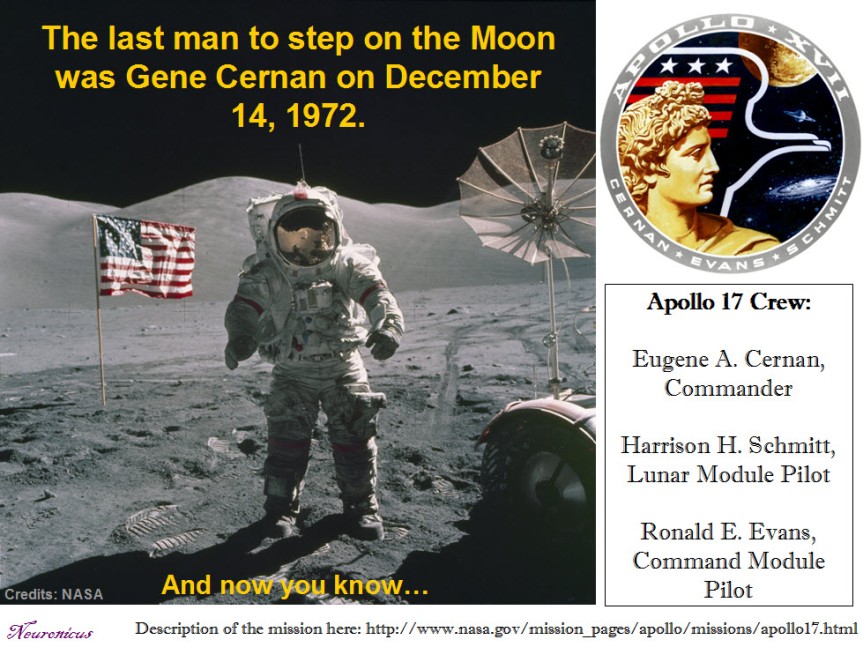
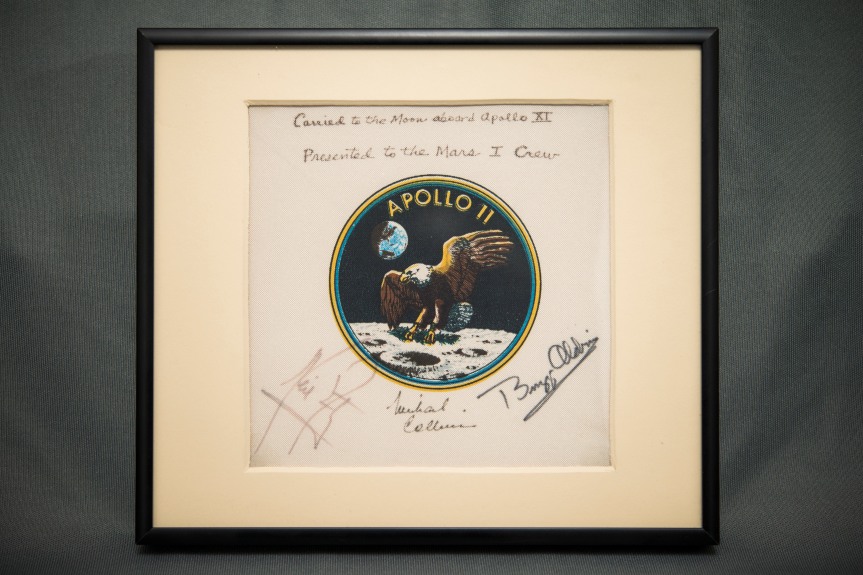
Links: NASA Apollo 11 Mission | NASA Apollo 17 Mission | Apollo 11 Patch to Mars 1 | Buzz Aldrin punching a conspiracy theorist that doubted the moon landing
By Neuronicus, 20 July 2016
Let’s wish Happy Birthday to Sir Donald Lynden-Bell, who turns today 81. In 1969 he published a paper where he proposed that massive black holes exist at the center of the galaxies. For this, he was rewarded the Kavli Prize in Astrophysics in 2008.
Before him, in 1951, Piddington & Minnet discovered a radio signal (at 1210 MHz) coming from the nucleus of Milky Way, named Sagittarius A.
Lynden-Bell was proven right in 1974 by astronomers Bruce Balick and Robert Brown who found evidence of Milky Way’s own supermassive black hole. Brown named it Sagittarius A* in 1982 (Sagittarius A* is part of Sagittarius A; and you thought biology nomenclature is confusing…).
Astrophysics terminology aside, happy birthday, Sir Donald!
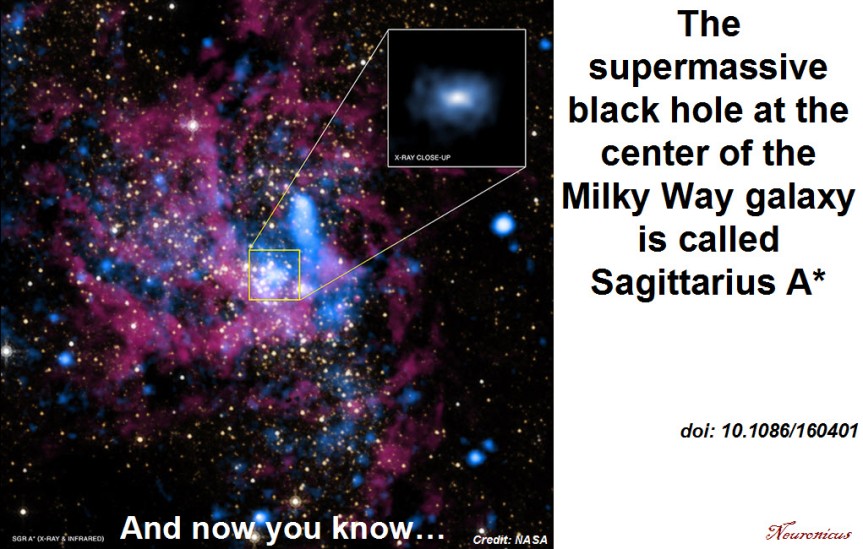
References:
1. Lynden-Bell, D (16 Aug 1969). Galactic Nuclei as Collapsed Old Quasars. Nature, 223: 690-694. doi: 10.1038/223690a0. Article | FULLTEXT PDF
2. Brown, RL (1 Nov 1982). Processing Jets in Sagittarius A: Gas Dynamics in the Central Parsec of the Galaxy. The Astrophysical Journal, 262: 110-119. doi: 10.1086/160401. FULL TEXT
By Neuronicus, 5 April 2016

Did you grow up believing there are 9 planets in the solar system? And then felt robbed by the downgrading of Pluto?
Fear not, for there still may be hope to bring back the magic number 9! Last month, January 2016, a new report has emerged that claims to have evidence of the existence of a Neptune-sized planet that orbits our Sun every 15,000 years. Despite being as yet unseen, the suspect may be found well beyond Pluto and may have a staggering mass of ten Earths.
The researchers say that there is an infinitesimal chance for them to be wrong. And, according to their peers, the math in on their side. Basically, what they did was looking at the objects that exist after Neptune and orbit at a strange angle, out of the plane of the solar system. And their calculation say that only a planet that behaves this way (eccentric orbit, out of the plane, perihelion 180º away from the other objects perihelia) and is that heavy (more than 10 Earths) can explain the other objects’ orbits and clustering. Although, calculating probability of planetary existence based only on assumed gravitational effects has led to false conclusions before, just saying…
Now, the funny part: the chap that tries to bring back up to 9 the number of our planets is none other but THE SAME GUY who killed Pluto, by his infamous name, Mike “The Planet Slayer” Brown. More on the story here, in Science.
Reference: Batygin K & Brown ME (20 January 2016). Evidence for a distant giant planet in the solar system. The Astronomical Journal, 151(2): 1-12, doi:10.3847/0004-6256/151/2/22. Article | FREE FULLTEXT PDF
By Neuronicus, 18 February 2016
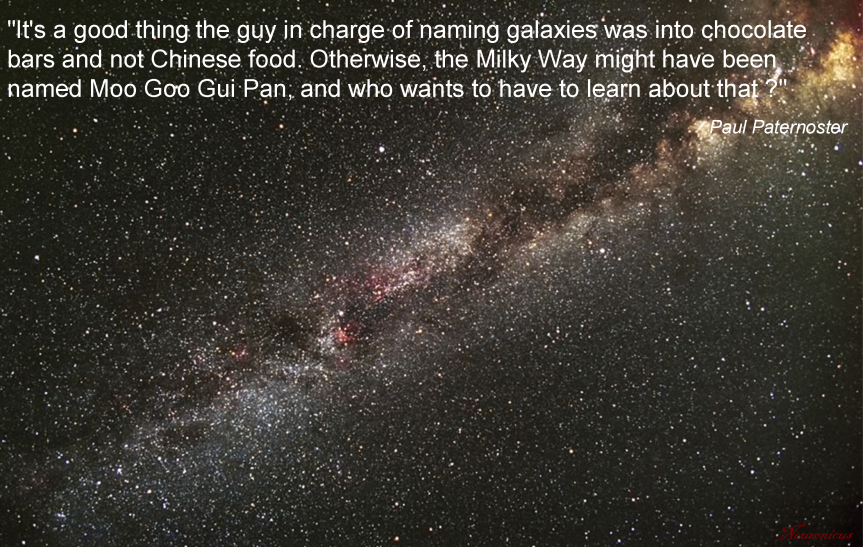
By Neuronicus, 20 December 2015

There’s liquid water on Mars. Yes, right now. No, we don’t know where is coming from, though NASA has a few good ideas. No, we don’t know if there’s life in it, yet (an organic compound analyzer must be send to Mars to find that out).
NASA announced today, September, 28, 2015, that they have evidence that there is flowing liquid water on today’s Mars.
Evidence comes from the spectrometer that’s on-board the Mars Recognizance Orbiter, a spacecraft launched in 2005.

First, the scientists noticed long dark streaks, called recurring slope linae, that seem to appear and disappear seasonally: they appear during warm months, and disappear during cold months. Then, they used the spectrometer to record and analyze what those streaks are made of. The streaks represent salty water flowing downhill. The salts are essential because otherwise the water would not be in liquid form in the freezing temperatures of Mars (the higher the content of salt, the lower its freezing point; that’s why we salt the streets during winter).
The water can come from absorption from atmosphere (but Mars doesn’t have enough water vapor in the atmosphere, so that’s unlikely), from ice melting (but they found ice near equator, so that’s a no-no), or from an aquifer (but they found water flowing on top of peaks, so no aquifer there). The abstract presented at the European Planetary Science Congress say there may be all of the above.
As for life… we need to send some instrument there with an organic compound analyzer to take a closer look at that brine.
Reference: Ojha, L., Wilhelm, M. B., Murchie, S. L., McEwen, A. S., Wray, J. J., Hanley, J., Massé, M., & Chojnacki, M. (2015). Spectral Evidence for Hydrated Salts in Seasonal Brine Flows on Mars. European Planetary Science Congress 2015 Abstracts, Vol. 10, EPSC2015-838-1. EPSC Abstracts PDF | NASA announcement | Animation of Site of Seasonal Flows in Hale Crater, Mars
P.S. Generally, I try to stay away from the media-grabbers, i.e. those findings covered by everybody. But sometimes, something is just too good to miss. Even if it’s not neuroscience ;).
By Neuronicus, 28 September 2015